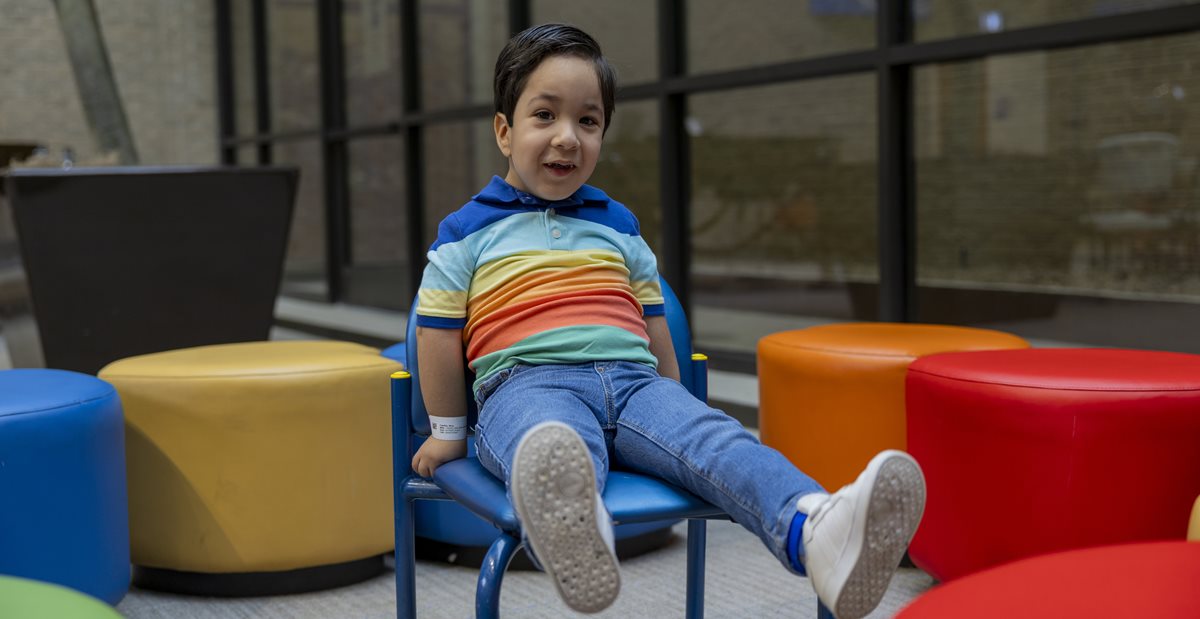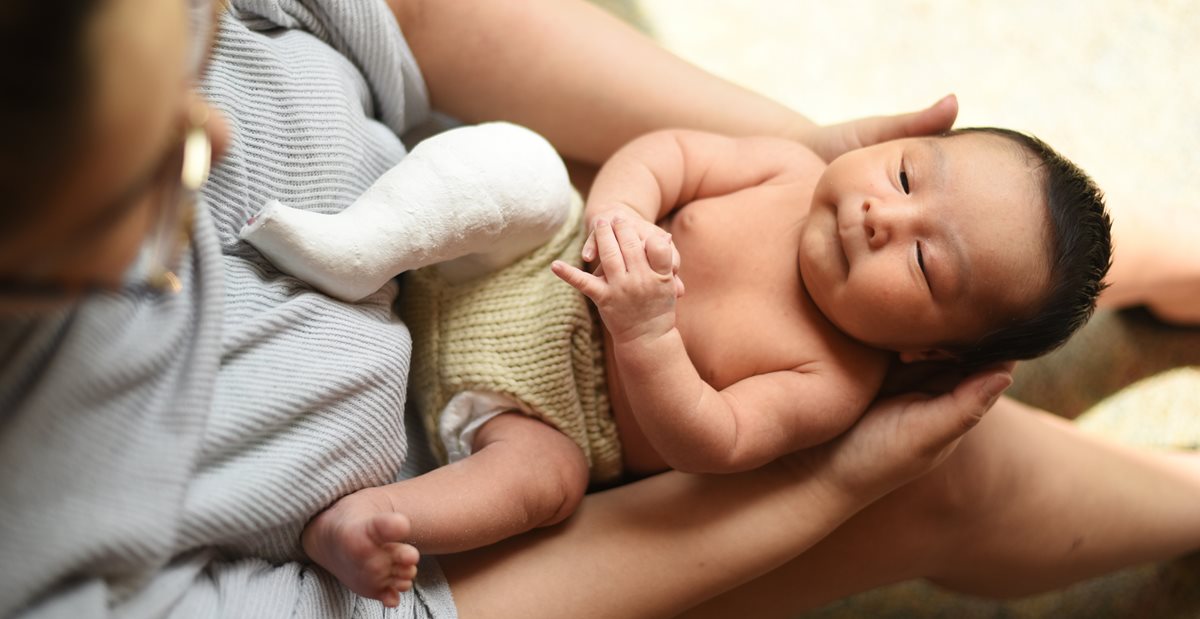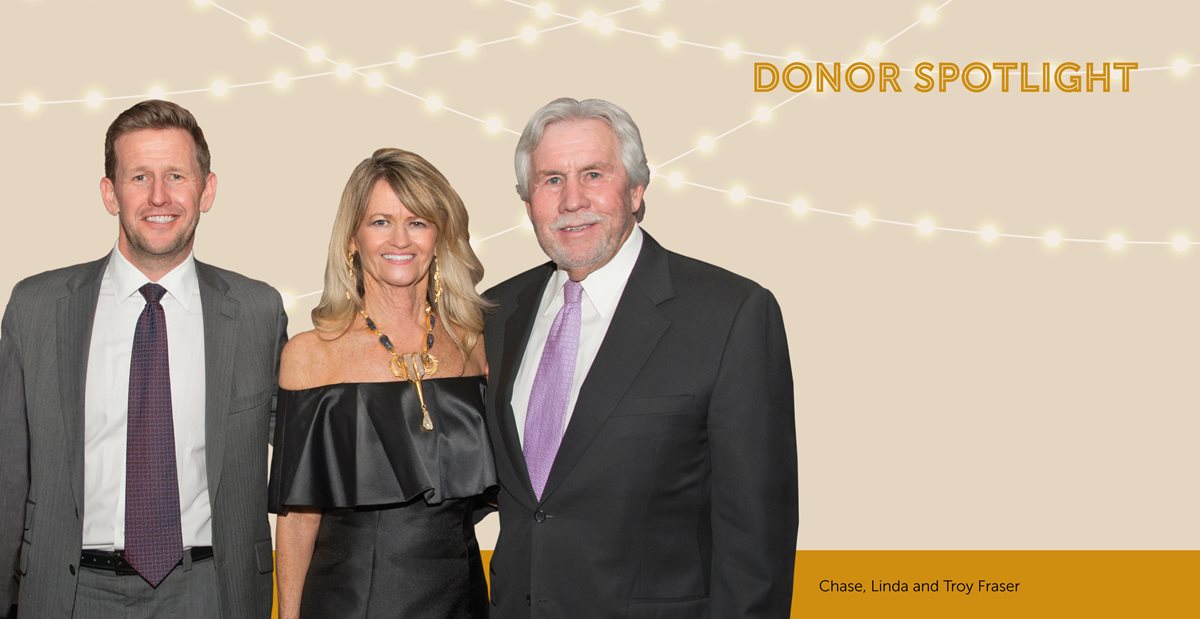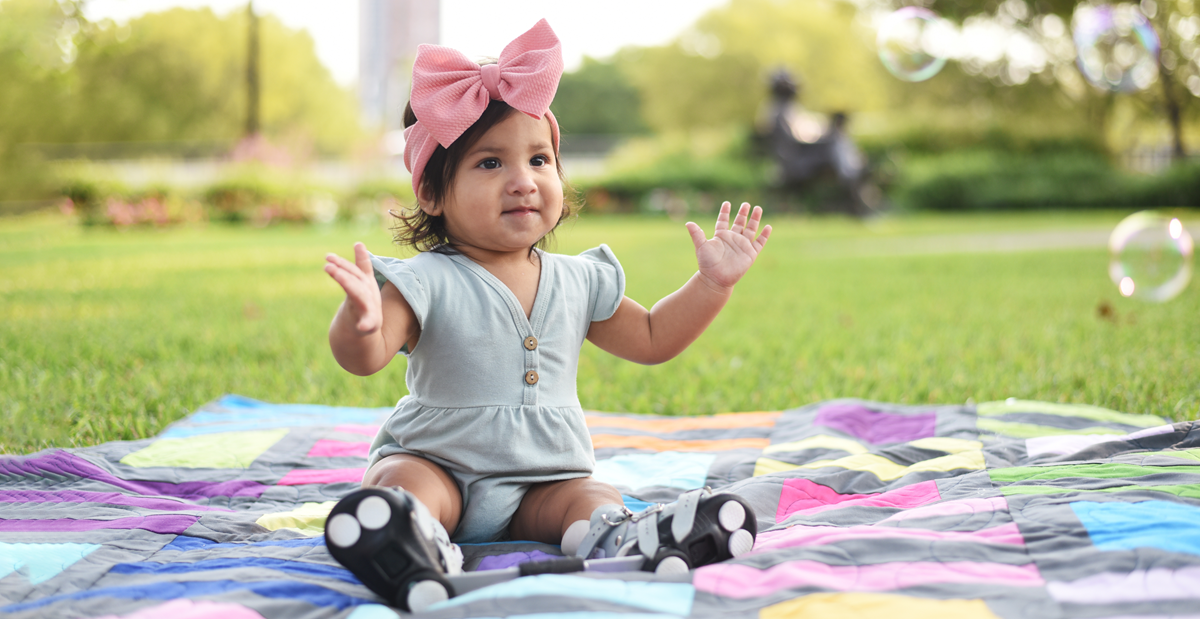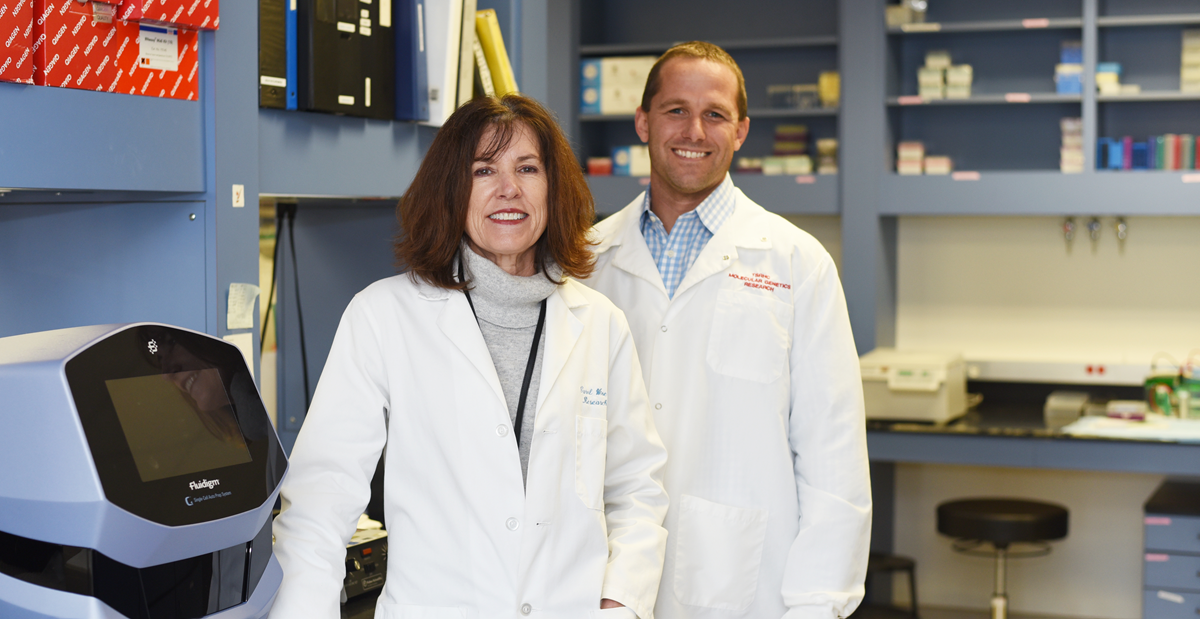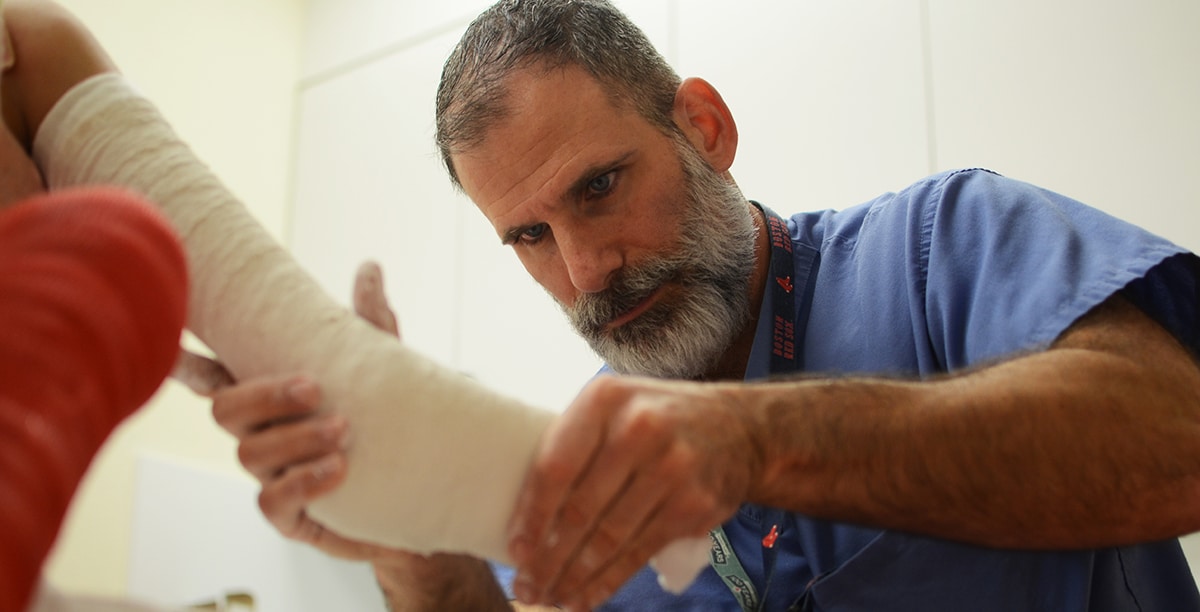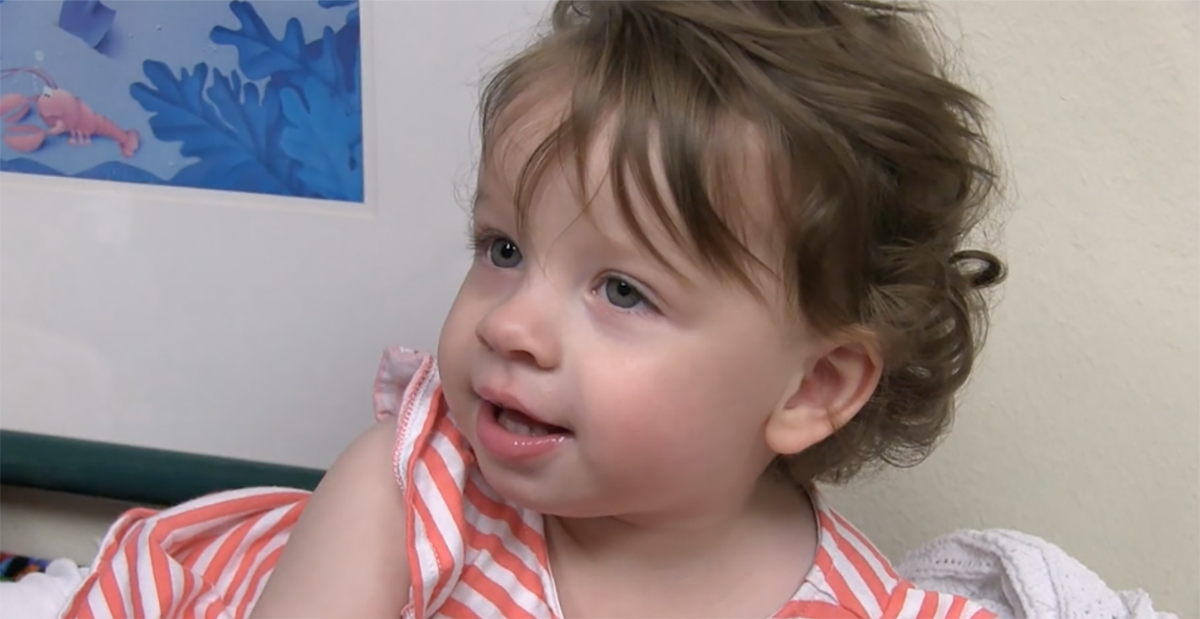3-year-old Nico, of Mission, and his family travel more than 500 miles to receive treatment at Scottish Rite for Children. “We make that effort to come this far, because it’s worth our drive,” Nico’s mom, Mary says. Nico was diagnosed at birth with clubfoot and...
